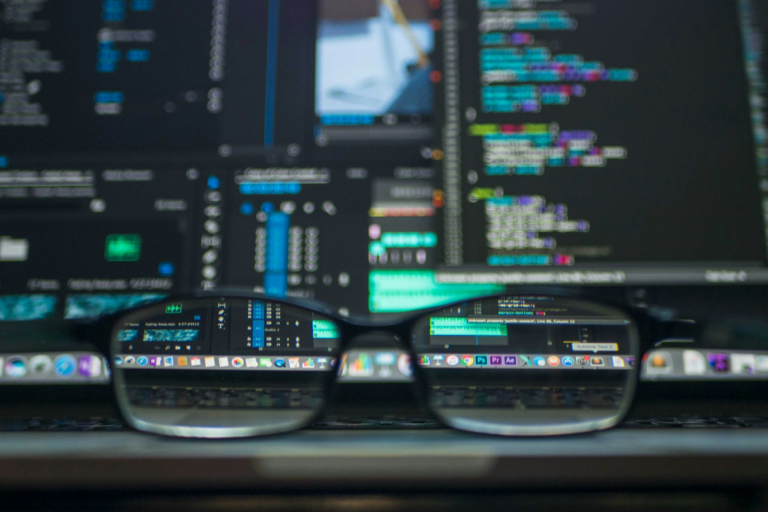
The coronavirus pandemic has fundamentally changed the way we work. Remote work is at an all-time high and technology has kept workers connected with their colleagues – and watercooler chat flowing – with email, messaging and video.
It has also given us the chance to reflect on how we’ve been working and an opportunity to see where improvements can be made. If nothing else, these strange times have exposed the need to be more diverse at work and have shown that many traditional companies have the ability to be more flexible. Barclays, for example, said remote work could be the future for many of its 80,000 employees – allowing the likes of working parents to more easily juggle work and childcare without it affecting their career.
While we hope this serendipitous diversity and inclusion (D&I) will continue far past lockdown, companies must remain proactive as there is still a way to go to make workplaces truly accepting and empowering for everyone. Indeed, in its latest Diversity & Inclusion Study, Glassdoor found that 49% of employed adults have experienced some form of discrimination at work. Now, more than ever, organisations have a real opportunity to change that statistic. As technology keeps us connected in these trying times, it can also help us to better understand our workplaces and make them more inclusive of everyone. This is where data analytics plays a vital role.
Mitigate unconscious bias and find future leaders
Data analytics technology can be a powerful barometer to help organisations understand what’s going on at an employee level. Tools such as performance management platforms, pulse surveys and social recognition initiatives not only bring employees together, empowering them to recognise each other’s work, but the data and AI technology behind such platforms can help businesses look more closely at what’s going on inside their organisations.
From a D&I perspective, by looking at the data collected on a social recognition platform, for example, such as patterns of which employees are bring praised and which teams are being recognised – or not recognised – for their work, business leaders can look to mitigate unconscious bias. Similarly, on a performance management platform, managers are given the ability to monitor an employee’s performance in a more holistic manner, through the higher volume of, and broader, content that is collected on that person’s work.

In this way, future leaders can be identified. The data can help decision-makers truly see who has put in the work and how their colleagues have praised them. Untapped potential is also making itself known with everyone working remotely, and employees are becoming more aware of their strengths as they show true resilience in these uneasy times, something which helps inform bonuses and promotions further down the line.
Indeed, such data can help leaders to make unbiased, informed decisions based on a person’s work, rather than on any other factor. The World Economic Forum found that only 27% of board directors in companies across the UK were women, but by using data analytics, businesses will have an extra helping hand in identifying and mentoring hard workers and future leaders by looking at people with a more rounded view.
Raise awareness
D&I changes don’t just happen overnight. It takes time, motivation and persistence for changes to be enacted. In a sobering revelation, the World Economic Forum’s 2020 Global Gender Gap Report found that gender parity in the workplace won’t be seen for close to 100 years. To close that gap more quickly, steps need to be taken now to ensure future generations aren’t still fighting for equal pay.
It all starts with raising awareness and prompting behavioural changes within organisations, and there’s no more informative way to do this than through data. By analysing the content that passes through a reward and recognition platform for example, companies can see whether discrimination and unconscious bias play a role in the bonuses women receive compared to men, or whether ethnic minorities in the workplace are rewarded as frequently as everyone else.
Employees and management alike can see the hard facts, and then be enlightened about discrimination at work, something they may not have been aware of or didn’t know how to quantify before. Workhuman’s ‘The Future of Work is Human’ report, for example, found that more than 50% of women in middle and front-line management have had a manager take credit for their work – something which wouldn’t go unnoticed under the eye of data. If employees can see how the data is helping change their workplaces for the better, and if organisations can begin by shifting the way people see D&I issues in the workplace, perhaps we’ll get to equality in the workplace a little sooner.
Foster a sense of belonging
Bringing people together has never been more important. Workhuman research found that employees who have a sense of meaning and purpose are more than four times as likely to love their jobs and that there is no stronger way of bringing people together, from all walks of life, than through recognition. If peers can thank and recognise each other for a job well done … well, who doesn’t want that?
This recognition data in turn becomes powerful in driving HR initiatives to make workplaces inclusive and empowering of everyone. Indeed, such information is an unprecedented data source, and has become a new way of helping HR to see what’s happening on the ground, all in real-time – particularly pertinent now with everyone working remotely.
From a D&I angle, this data can show us how gender and recognition interact too. Men and women use very different language, for example, when praising their colleagues on a social recognition platform. Women in general tend to use supportive, personal terms whereas men will be more direct and more focused on the work itself. This data also tells us that women form the social fabric of a company because they are more connected across departments and receive rewards at a higher rate than men. However, the average reward amount received by men is 12% higher than women, something which recognition data can help mitigate by understanding where the disparities lie.
Data analytics helps to celebrate diversity in the workplace by recognising the unique views that everyone, whatever their background, brings to the forefront. It enables employers to see their employees with a more rounded view. Importantly, tools like a social recognition platform make everyone feel welcome and help amplify voices on a level playing field. This in turn helps foster a sense of belonging and community in the workplace, which has never been more important in these uncertain times.

Jesse Harriott
Global Head of Analytics, Workhuman


